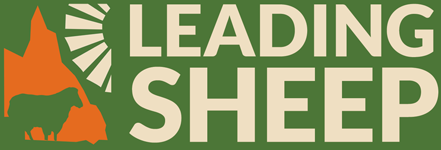 Pregnancy toxaemia and hypocalcaemia are again being seen in Queensland sheep flocks. These nutritional diseases are also known by a large number of other names including lambing sickness and ketosis and milk fever respectively.
Pregnancy toxaemia and hypocalcaemia are again being seen in Queensland sheep flocks. These nutritional diseases are also known by a large number of other names including lambing sickness and ketosis and milk fever respectively.
If your ewes are pregnant, doing it tough and are being fed a minimal ration they may well be coping now. However, any additional stress (such as mustering and holding for shearing or crutching, inclement weather, wild dogs or whatever) can precipitate them into pregnancy toxaemia or hypocalcaemia.
Pregnancy toxaemia presents as listlessness followed by insensitivity to surroundings, staggering, ‘star-gazing’ followed by a loss of eye reflexes, sternal recumbency (sitting on their sternum), constipation and death over a few days. Post mortem commonly reveals a late pregnant ewe, tan to yellow liver, pale kidneys and reduced gut content. Correct diagnosis is the key to prevention. Adequate feeding and reduction in additional stresses are the main things you can do (both easy to say but sometimes much harder to do). Proprietary treatments are available but treatment can be unrewarding. People have also tried molasses drenches with varying level of response.
Hypocalcaemia has also been seen. Signs are similar to pregnancy toxaemia with stilted proppy gait, tremoring of muscles, sternal recumbency and inability to stand followed by rapid death in 2 to 4 hours. Signs may however take 2 to 4 days to fully develop. Treatment is with calcium borogluconate injections available from your veterinarian or rural supplies stockist. A dose of 20 to 50 mls of the readily available proprietary products, intravenous or subcutaneous, will result in rapid recovery even when ewes are initially comatose. Subcutaneous injections are slower to take effect but fewer relapses occur. Confusion with pregnancy toxaemia is common and plenty of calcium borogluconate has been wasted in treating ewes, with pregnancy toxaemia, for hypocalcaemia. Post mortem changes in hypocalcaemia are not significant or characteristic.
To differentiate the two diseases look for slow vs rapid death, characteristic post mortem changes and signs of ‘star-gazing’ and insensitivity to surroundings in pregnancy toxaemia or test treat a few affected animals with calcium borogluconate and look for recovery if hypocalcaemia is involved.
